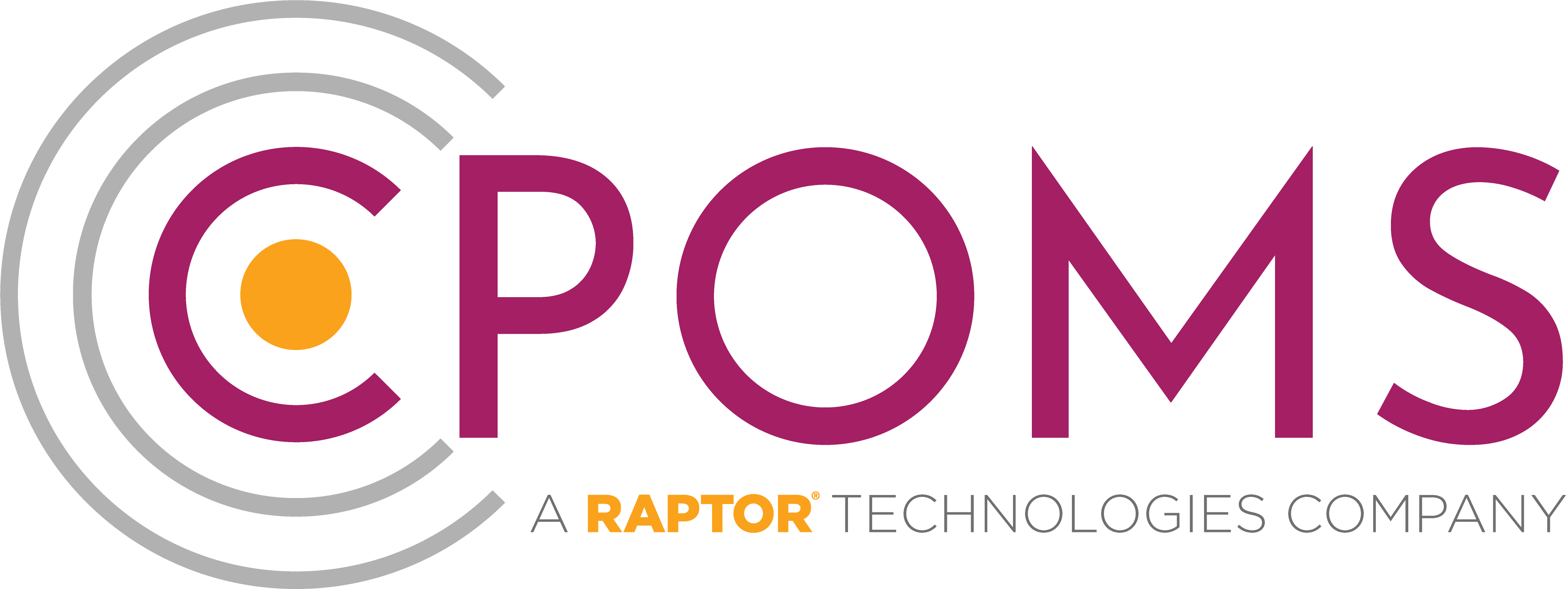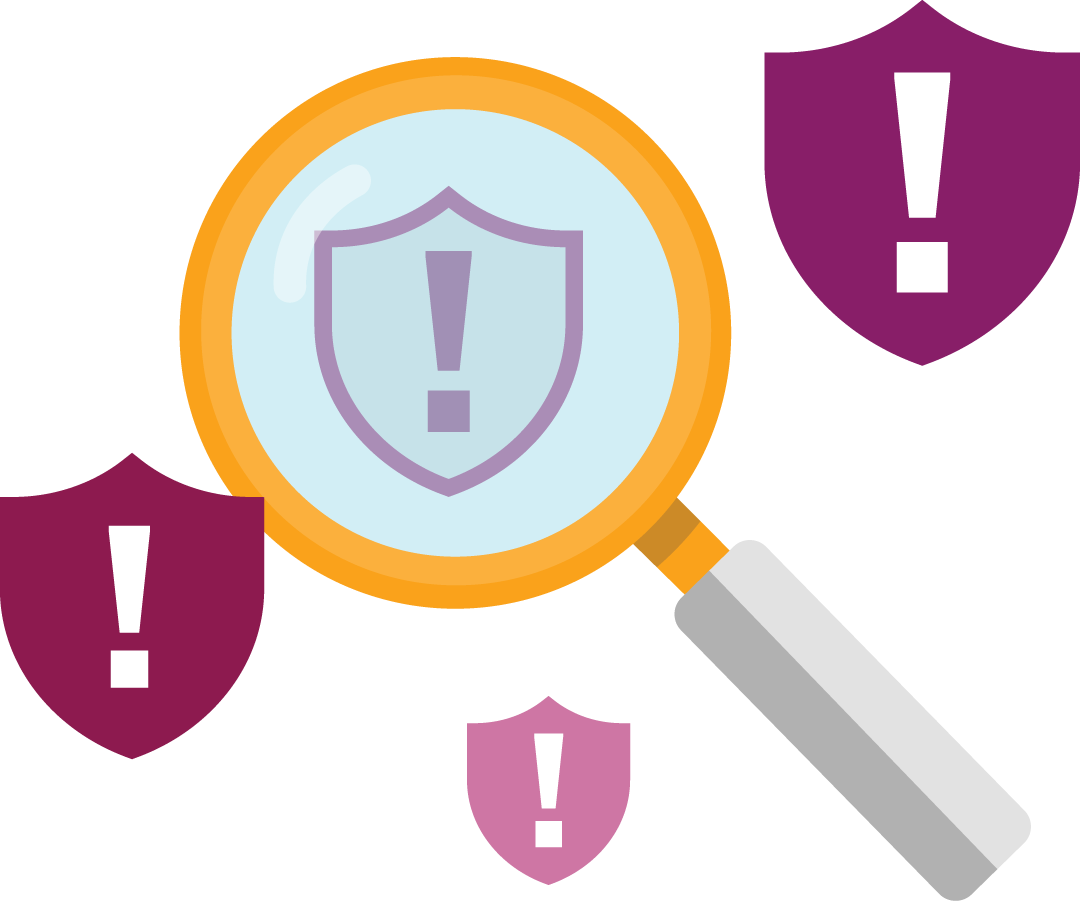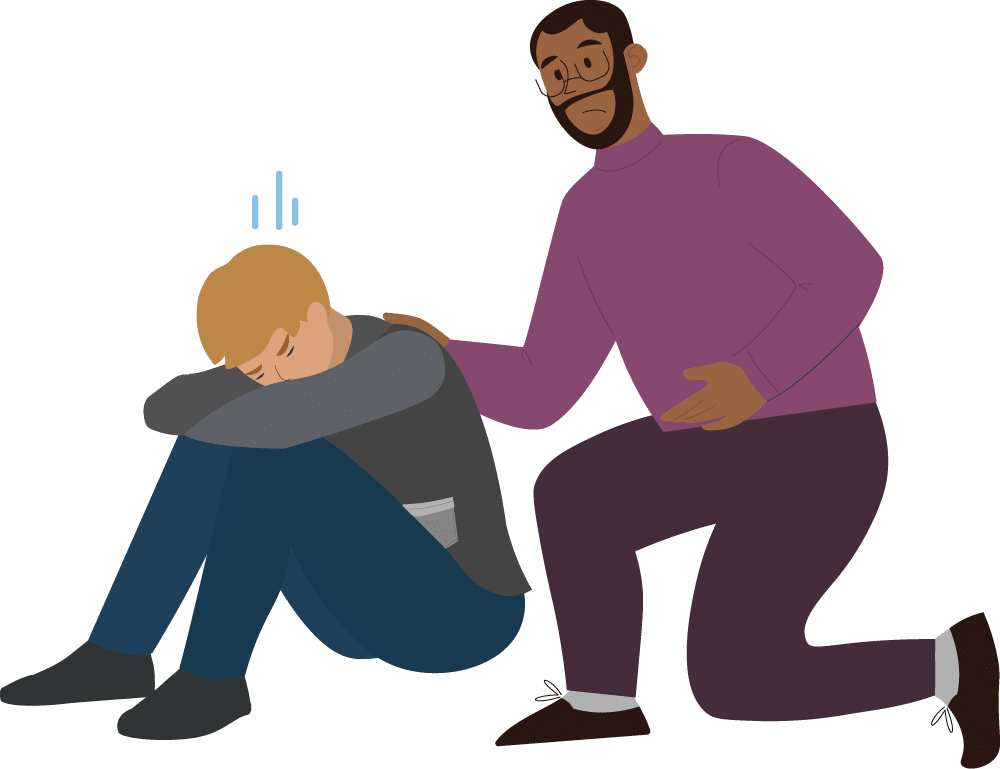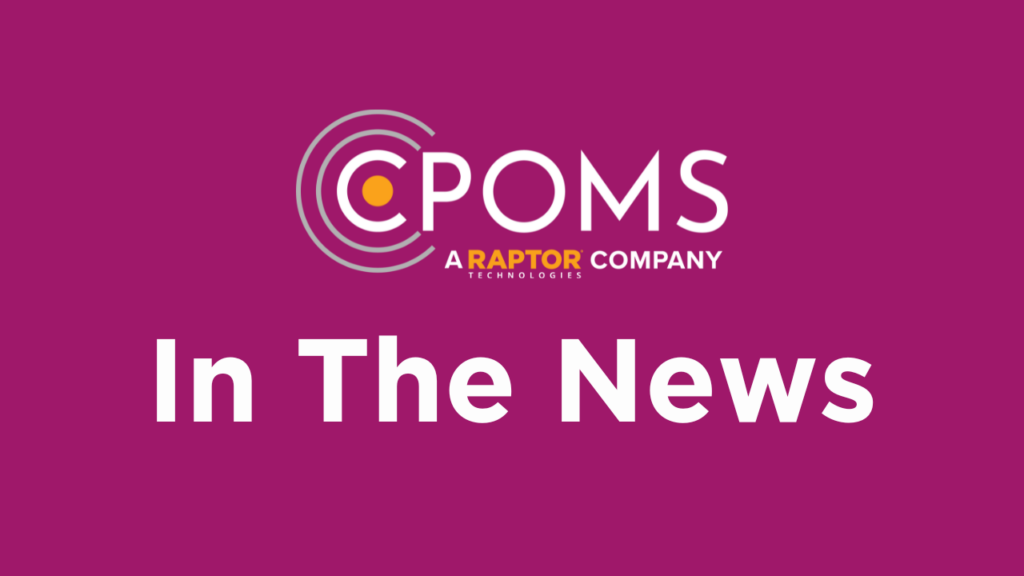The monitoring of sexual abuse in schools – whether it has occurred within or outside of the school walls – is a complex matter. Ofsted shone a light on the importance of addressing sexual abuse in schools in its Review of sexual abuse in schools and colleges (2021), finding that child sexual abuse offences increased by over 267% between 2013 and 2020.
The under-reporting of abuse is also a significant issue. In its latest analysis, the Centre of Expertise on Child Sexual Abuse identified that while more instances of child sexual abuse are being recorded across England and Wales, the fact that many cases still go unreported is still a major concern. Ofsted’s aforementioned review also found that instances of sexual harassment and online sexual abuse have become so commonplace for some children, that they see no point reporting it. Adding to this concern, the report also highlights that due to the frequency of harmful sexual behaviours, many children and young people considered them to be ‘normal’.
A recent survey on schoolchildren’s attitudes to pornography found that young people as young as 14 are accessing adult material regularly, with some becoming viewing sexually explicit content habitually. The same study revealed that teachers have seen a significant rise in the number of pupils reporting sexual assaults in recent years. Teachers have also said they are being left to “pick up the pieces” from the damage that exposure to explicit online content causes.
Furthermore, a study by Goharian et al, 2022 said “The majority of potentially harmful online sexual interactions occur on a wide range of ‘open web’ popular platforms including Snapchat, Instagram, Facebook Messenger, Facebook, WhatsApp, Google Hangouts/Meet, TikTok, ‘X’ (formerly known as Twitter) and YouTube.”
These alarming statistics point to the need for sexual abuse to be closely monitored in schools in order to protect children and young people.
Identifying abuse and intervening early
The Review of sexual abuse in schools and colleges outlined some important guidance for schools and colleges. It identified the necessity for creating a culture where sexual harassment and online sexual abuse are not tolerated, and where schools identify issues and intervene early to better protect children and young people.
Due to the widescale problem of unreported cases, schools and colleges should assume that sexual harassment and online sexual abuse is happening in their setting, even when there are no specific reports, and put in place a whole-school approach to address them. NSPCC also recommends that: “Your safeguarding and child protection policies and procedures should include information about problematic sexual behaviour (PSB) and harmful sexual behaviour (HSB) including peer-on-peer and child-on-child sexual abuse. They should explain what these things are and set out what your school or organisation is doing to prevent and tackle them.”
Further recommendations outlined in these reports and guidance documents for schools include:
- Ensuring the school environment is supportive of staff in identifying and reporting abuse, allowing for intervention as early as possible to better protect their pupils.
- Systems and processes to perform routine record-keeping and analysis of sexual harassment or abuse, including online, are essential to identify patterns and intervene early to prevent harm.
- Creating a behavioural approach, reinforcing a culture where sexual harassment and online sexual abuse are not tolerated.
- Working closely with Learning Support Practitioners (LSPs) in the area where the school is located so they are aware of the range of support available to children and young people who may have been victims, or perpetrators of, harmful sexual behaviour. Barnados’ Real Love Rocks programme is one such resource aimed at providing practical guidance and advice for children and young people with regards to healthy relationships and supporting them with trauma caused by sexual abuse.
- Encouraging support for designated safeguarding leads (DSLs), such as protected time in timetables to engage with LSPs Training to ensure that all staff (and governors, where relevant) can:
- Better understand the definitions of sexual harassment and sexual violence, including online sexual abuse
- Identify early signs of child-on-child sexual abuse
- Consistently uphold standards in their responses to sexual harassment and online sexual abuse.
Using CPOMS to effectively monitor and report sexual abuse in schools
Safeguarding software from CPOMS can help play a pivotal role in monitoring and reporting signs of sexual abuse to allow early interventions and better outcomes.
- CPOMS Safeguarding software makes it easy for staff to log concerns and build a full chronology of an individual’s wellbeing, allowing DSLs to quickly spot trends and patterns and take further action where needed.
- CPOMS enables you to record monitor and collate a wide range of indicators of sexual abuse including: sexualised behaviour, emotional distress, changes in usual behaviour, physical symptoms and signs linked to the emotional impact of abuse.
- Allows settings to accurately identify, monitor and report on distinct types of concerns with customised categories, such as “sexual harassment” and identify early indicators of serious safeguarding issues across the school.
- When it comes to acting quickly and effectively on concerns of sexual abuse, CPOMS Engage enables schools, other settings and agencies at the local authority to coordinate more effectively. By providing one central system to log concerns and share digitised information securely, referral processes and interventions can be achieved much sooner with a joined-up response to keeping children safe.
- With secure controls over which staff members have access to secure information, CPOMS ensures only the right people have access to the information they need to see. When a member of staff reports a concern for example, senior leaders can share detailed information amongst themselves, secure in the knowledge that only the appropriate people have been made aware of the situation, at the right time.
To find out more about how CPOMS could benefit your setting and help the children in your care, contact our team today.




